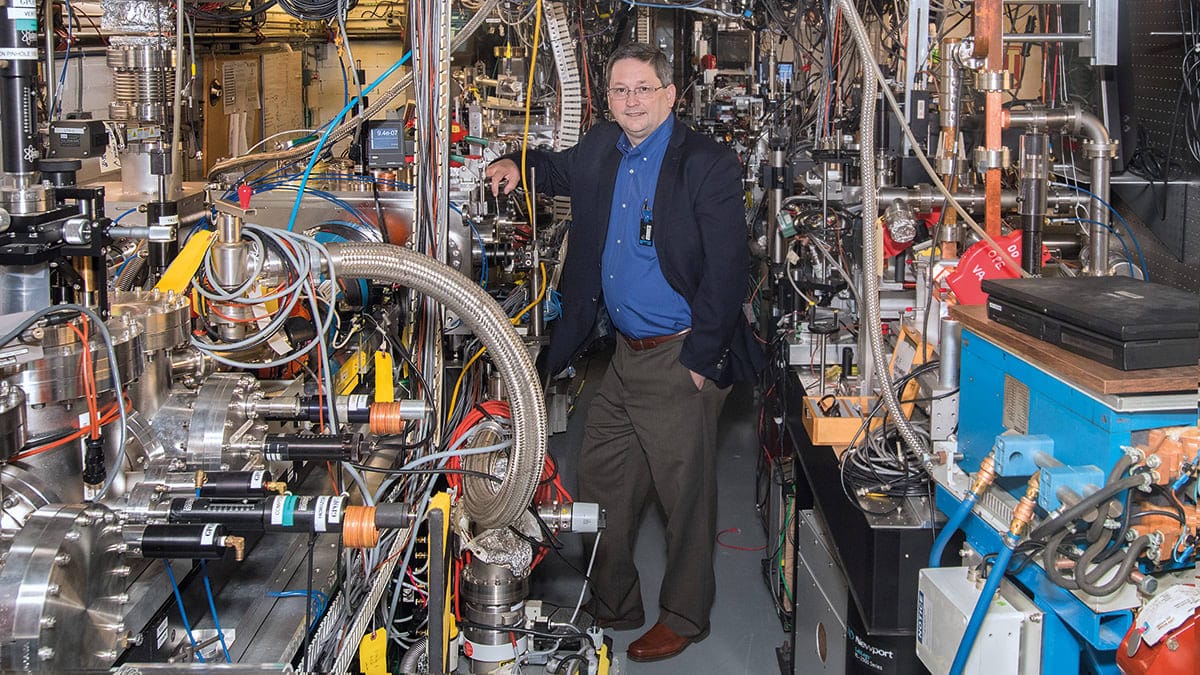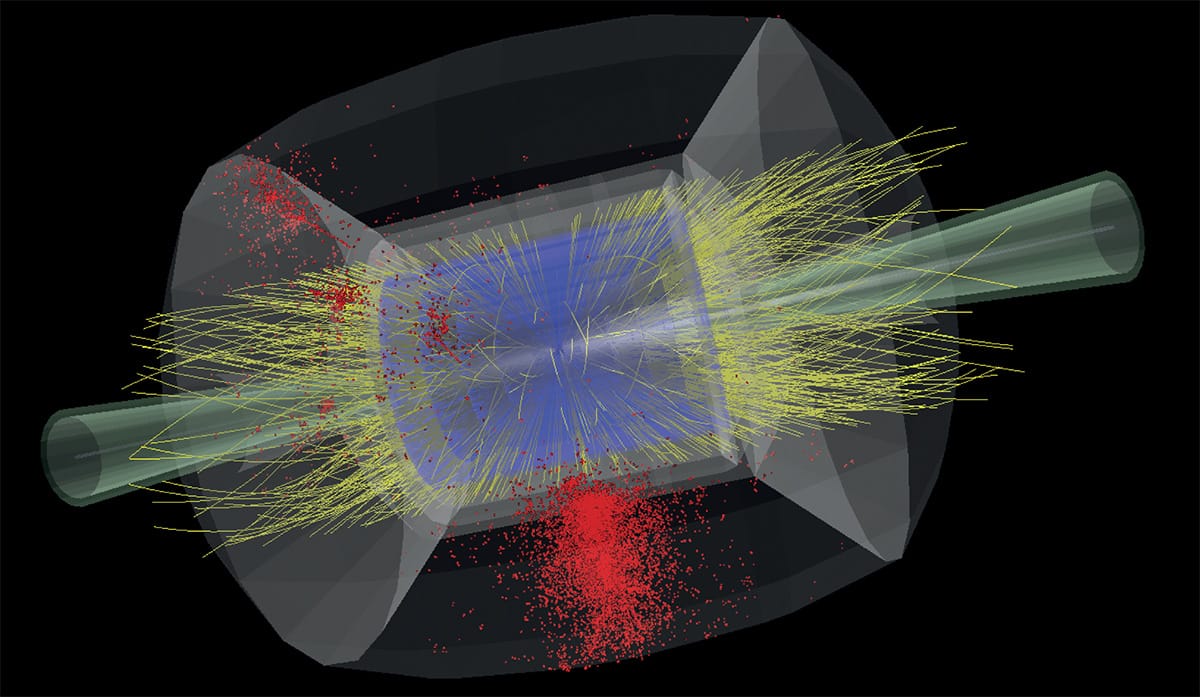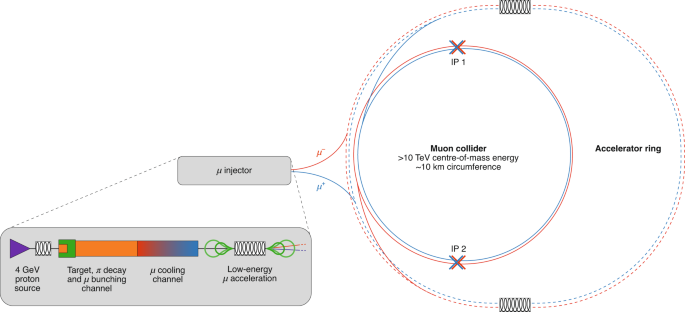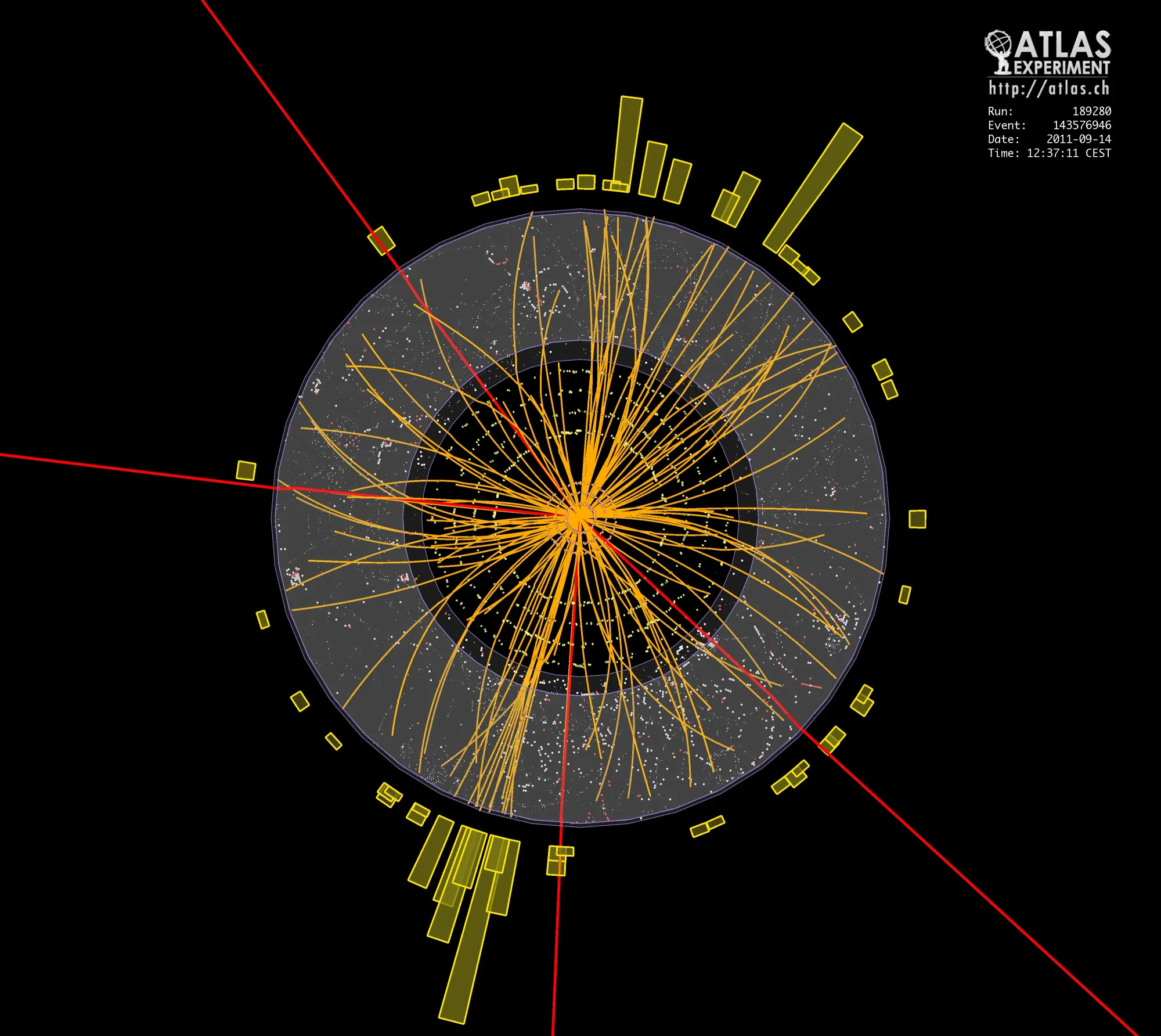Muon collider and future of physics
The concept of a muon collider represents a significant and potentially transformative advancement in the field of particle physics

The concept of a muon collider represents a significant and potentially transformative advancement in the field of particle physics. Unlike traditional particle accelerators, which have primarily utilized protons or electrons for collisions, a muon collider would leverage the unique properties of muons—elementary particles similar to electrons but with a much greater mass. This innovative approach to particle acceleration and collision offers a promising pathway to explore the frontiers of high-energy physics, potentially enabling discoveries that could reshape our understanding of the fundamental building blocks of the universe.
Advantages of a Muon Collider
High Energy Efficiency and Compact Size
Muons, being approximately 200 times more massive than electrons, emit significantly less synchrotron radiation when accelerated in a circular path. This characteristic allows muon colliders to achieve high center-of-mass energies without the substantial energy losses associated with electron-positron colliders, making them more energy-efficient. A muon collider could achieve energies of several teraelectronvolts (TeV) in a much smaller physical footprint compared to hadron colliders like the Large Hadron Collider (LHC) at CERN. For instance, a muon collider could potentially reach the same energy regime as a 100-kilometer proton collider within only a 10-kilometer circumference[3][4].

Clean Collision Environment
Muon-antimuon collisions are expected to be "cleaner" than those involving protons, as muons are elementary particles. This cleaner collision environment could facilitate more precise measurements and studies of the Standard Model and beyond, including direct searches for new physics[4].
Technical Challenges and Research Efforts
Despite the promising advantages, the development of a muon collider faces several significant technical challenges. The primary obstacle is the inherently short lifetime of muons, which decay in just 2.2 microseconds when at rest. This necessitates rapid acceleration and efficient cooling of the muons to maintain a usable beam for collisions[1][2][4]. Additionally, the decay of muons within the collider would generate a high flux of neutrinos, posing minor radiation concerns and necessitating advanced detector technologies to manage the resultant background noise[2].
To address these challenges, extensive research and development efforts are underway. The International Muon Collider Collaboration, among other research groups, is conducting feasibility studies and exploring innovative technologies required for muon production, cooling, acceleration, and collision[14]. For example, the Muon Ionisation Cooling Experiment (MICE) has demonstrated the potential for 6D cooling of muons, a critical step towards realizing a muon collider[4][8].

Future Prospects and Strategic Planning
The potential of a muon collider to advance particle physics has garnered significant interest within the scientific community. Recent strategic planning efforts in the United States and Europe have highlighted the importance of pursuing research and development towards a muon collider. The Particle Physics Project Prioritization Panel (P5) in the U.S. and the European Strategy for Particle Physics have both recommended investing in the technologies required for a muon collider, recognizing it as a promising avenue for exploring high-energy physics frontiers[6][7][12].
The development of a muon collider represents a long-term vision for the future of particle physics, with the potential to host groundbreaking experiments on American soil or in collaboration with international partners. Such a facility could significantly enhance our understanding of the universe, answering fundamental questions about the nature of matter, energy, and the forces that govern the cosmos[6][7].

In conclusion, while the realization of a muon collider is fraught with technical challenges, the concerted efforts of the global physics community and the strategic prioritization of muon collider research underscore its potential to revolutionize our understanding of the fundamental laws of nature.
Citations:
[1] https://www.osti.gov/biblio/932527
[2] https://news.ucsb.edu/2023/020878/muon-accelerator
[3] https://aps.org/publications/apsnews/202111/muon.cfm
[4] https://en.wikipedia.org/wiki/Muon_collider
[5] https://cerncourier.com/shooting-for-a-muon-collider/
[6] https://www.nytimes.com/2023/12/07/science/particle-physics-muon-collider.html
[7] https://physicsworld.com/a/influential-us-particle-physics-panel-calls-for-muon-collider-development/
[8] https://link.springer.com/article/10.1140/epjc/s10052-023-11889-x
[9] https://www.reddit.com/r/Physics/comments/124h8bn/wherever_its_built_a_muon_collider_would_be/
[10] https://www.science.org/content/article/muon-collider-could-revolutionize-particle-physics-if-it-can-be-built
[11] https://indico.cern.ch/event/867138/attachments/1954116/3245303/Muon_Collider_European_Strategy.pdf
[12] https://www.nature.com/articles/d41586-024-00105-9.pdf
[13] https://www.scientificamerican.com/article/particle-physicists-dream-of-a-muon-collider/
[14] https://home.cern/science/accelerators/muon-collider
[15] http://arxiv.org/abs/2203.07256
[16] https://www.slac.stanford.edu/pubs/slacpubs/9750/slac-pub-9921.pdf
[17] https://muoncollider.web.cern.ch
[18] https://www.reddit.com/r/Physics/comments/1274psd/a_muon_collider/?rdt=64292
[19] https://www.nature.com/articles/d41586-022-02122-y
[20] https://www.home.cern/science/accelerators/muon-collider